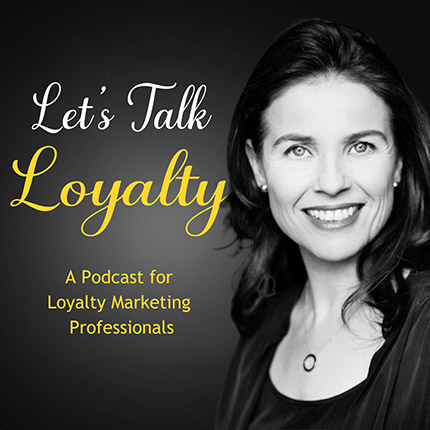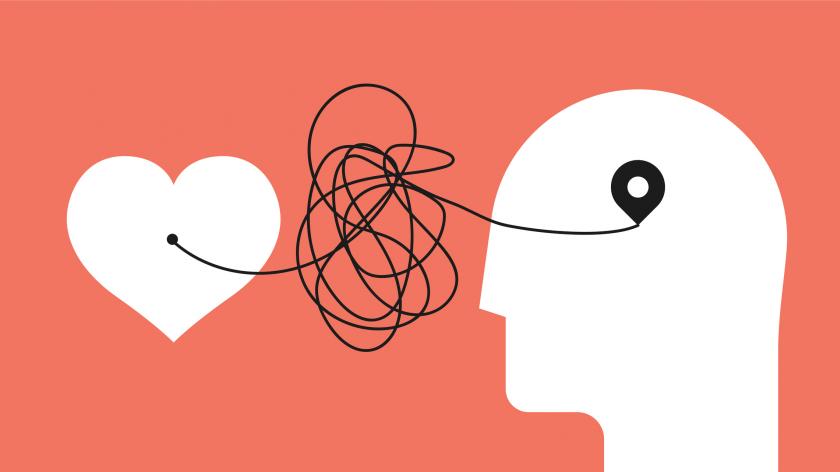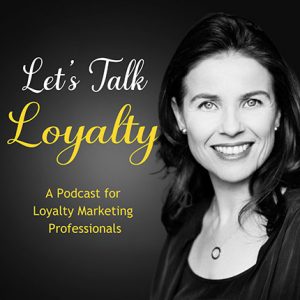Founder of Buyerbrain.com and human engagement expert Dr. Anil Pillai says all human behavior is rooted in this one thing.
The avoidance of pain.
This hardwiring even overrides our need to seek or enhance pleasure.
Don’t believe me? Imagine your dream date is only available to see you for lunch. The problem is, you happen to have a raging toothache gnawing mercilessly at your temples. No matter how strong your desire for the former, chances are your desire to get rid of the latter will be higher.
How does this impact the transactional elements of our loyalty program design?
Start with acknowledging that customer delight is not just about creating pleasurable experiences. It is equally – and this part often gets overlooked – about eliminating friction and making the experience as painless and convenient as possible.
In other words, a customer will not undergo pain to get your points, rewards, or privileges, no matter how awesome they are. So first, eliminate friction. Only then, create pleasure.
Once is not enough
The goalpost for ‘pain’ keeps shifting. A decade ago, for example, we were all okay with waiting for the beep-boop-boop of dial-up internet connection to get us online. Today, even the tiniest delay on a mobile app causes us to click out in impatience. Recently, I abandoned a fashion loyalty program because their reward vouchers come with a 30-day delay!
Reducing friction, suggests Dr. Pillai, cannot be incidental or secondary. Spotting and overcoming ‘friction blind spots’ has to be a structured, deliberate, and ongoing effort.
He suggests relooking at each step in your loyalty journey through two lenses:
- Physical friction: when parts of the experience are just plain inconvenient or difficult. This effort overload often shows up as poor UX, slow load times, impractical steps, long waiting times for service, filling an inordinate number of fields in a form, etc.
- Cognitive friction: when parts of the experience just need too much thinking or mental heavy lifting. This information/ question/ choice overload often shows up as decision complexity, obscure wording, confusing instructions, and too many steps to complete an action. Such experiences apparently light up the same area of the human brain as when we undergo physical pain!
Your challenge
This week, go undercover as a mystery shopper to spot friction blind spots in your program. Keep a ‘friction log’ to record which elements of the transactional processes – signing up, understanding the program mechanics, claiming points, referring a friend – could be simpler, easier, and smoother. If possible, make colleagues of different ages, gender, and cultural contexts do the same, so you can compare friction logs.
PS, there’s a twist.
Human psychology says some amount of ‘positive friction’ can be good if the customer sees it as good for them. For instance, points expiry reminders can be irritating but are ultimately seen as useful. Similarly, a pop-up to re-confirm redemption actions will cause a minor delay in gratification, but will ultimately avoid erroneous redemptions. Waiting lists for exclusive privileges can also be seen as an example of positive friction.
This insight, combined with the ‘goal gradient’ effect, which states that people put in more effort as they reach closer to achieving a reward, can be applied by loyalty marketers to prompt the kind of actions that lead to upgrades and reward-qualifying points.
Next week, in part 2 of this ‘Monday Moment’, we dive deeper into the impact of psychology and neuroscience on emotional loyalty. Stay tuned!
-end-
Get the full episode here: #102: The Science & Psychology of Human Engagement for Customer Loyalty
👉 Am I missing anything? Share your experiences with friction in transactional loyalty below.
👉Want more such insights from the world’s best loyalty programs each Monday? Sign up for Monday Moments here or share with a colleague to earn your Monday karma!





Yes, it’s all about ensuring there is little to no friction whatsoever, and looking through the lens of an impatient consumer to keep everything simple, easy and smooth. Then, and only then, can you begin to think about adding in the emotional, experiential and rewarding bells & whistles.
You have remarked very interesting points! ps
decent website.Raise range
As someone still navigating this field, I find your posts really helpful. My site is QN9 and I’d be happy to have some experts about Cosmetics like you check it and provide some feedback.
Great site with quality based content. You’ve done a remarkable job in discussing. Check out my website YK3 about Thai-Massage and I look forward to seeing more of your great posts.
You absolutely know how to keep your readers interest with your witty thoughts on that topic. I was looking for additional resources, and I am glad I came across your site. Feel free to check my website Article Home about SEO.
Your posts in this blog really shine! Glad to gain some new insights, which I happen to also cover on my page. Feel free to visit my webpage QU5 about Thai-Massage and any tip from you will be much apreciated.
This is top-notch! I wonder how much effort and time you have spent to come up with these informative posts. Should you be interested in generating more ideas about Airport Transfer, take a look at my website 71N